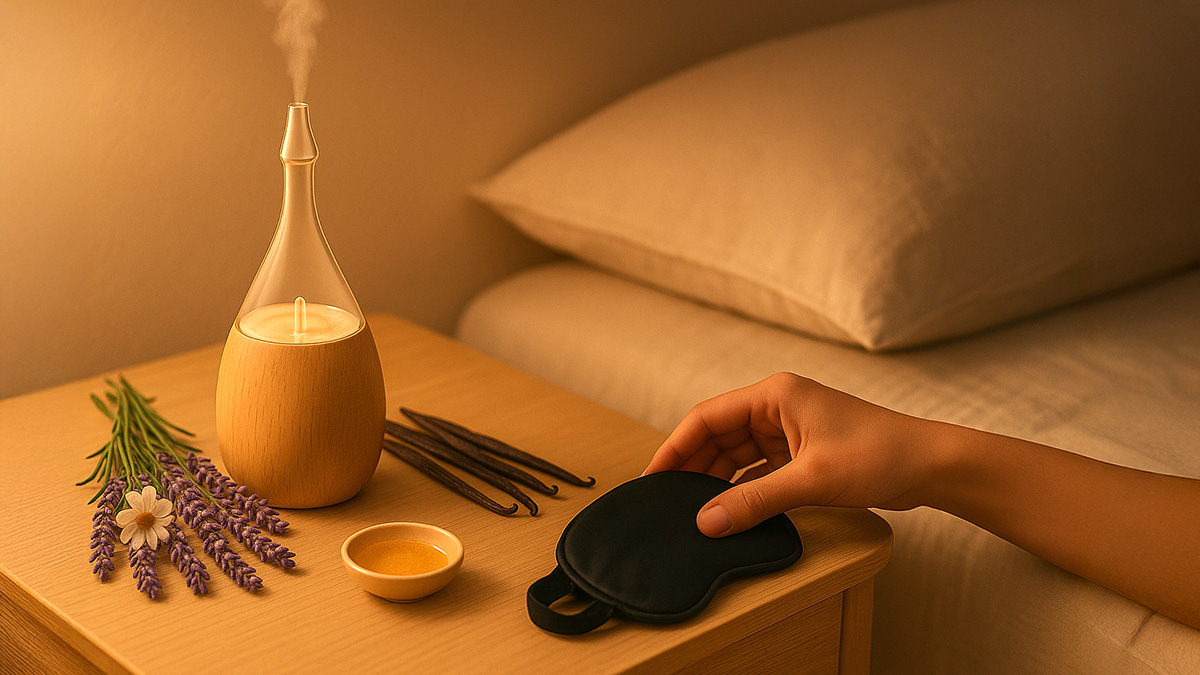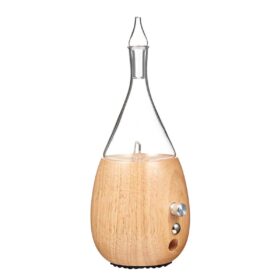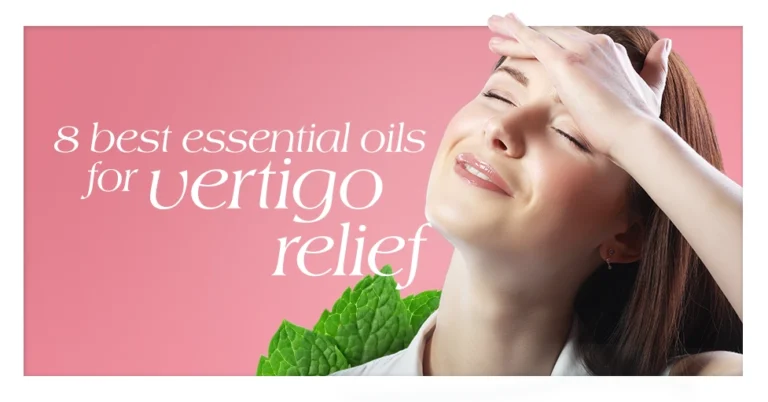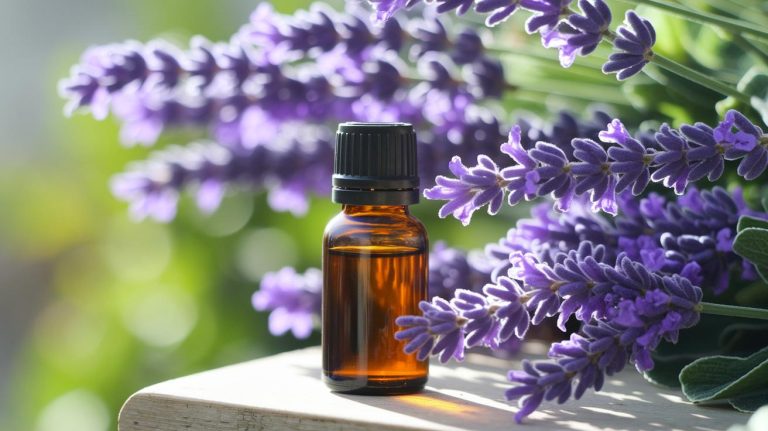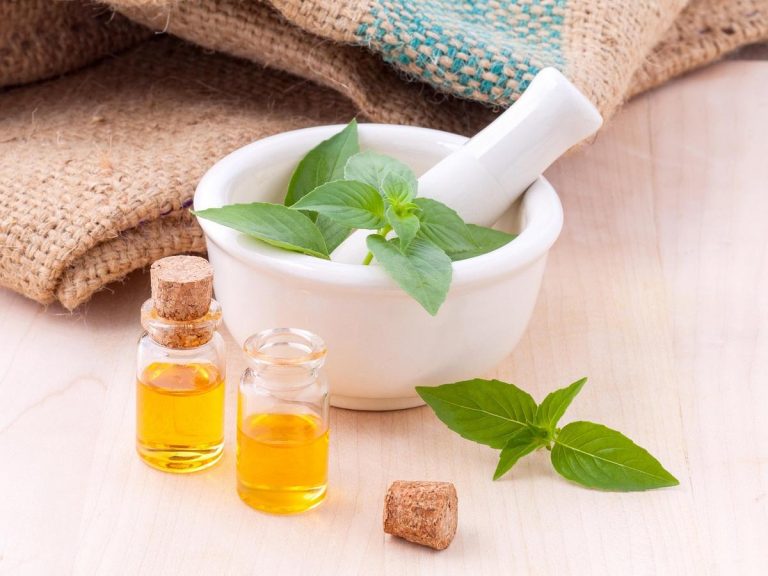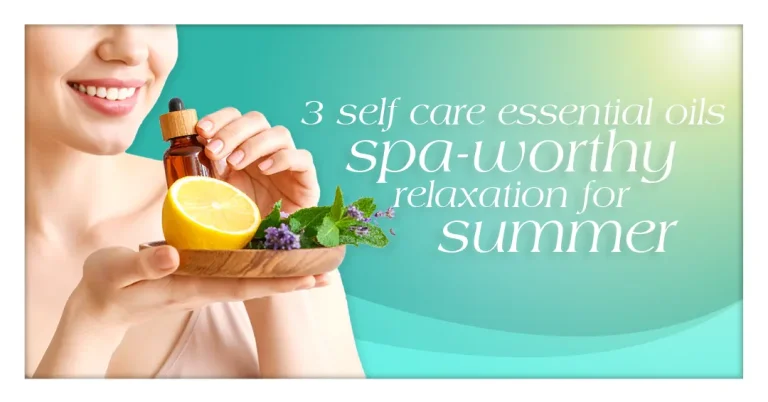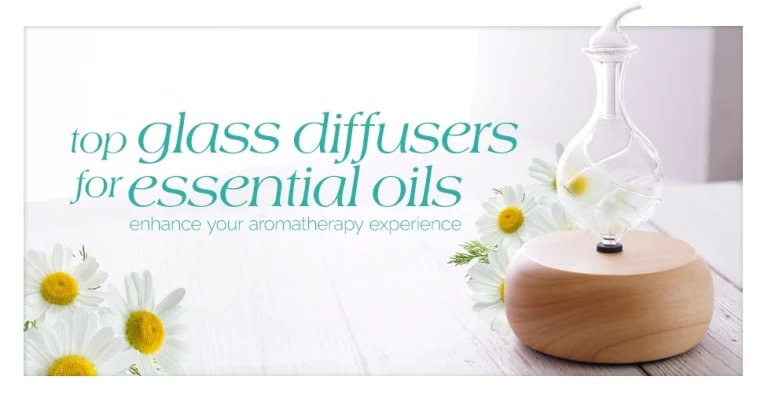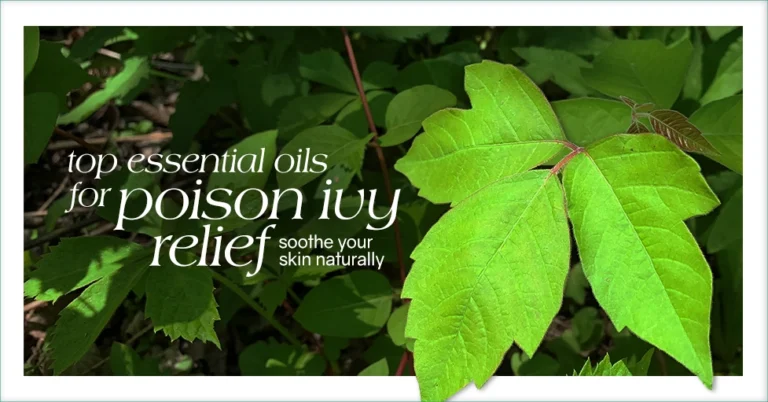10 Ways Vanilla Oleoresin Essential Oil Boosts Health and Soothes the Senses
Vanilla has earned a place among the world’s most beloved scents. Its warm, familiar sweetness fills kitchens and cafes, calling to mind freshly baked goods, creamy desserts and steaming cups of coffee. For many people, that soft, inviting fragrance conjures feelings of relaxation and nostalgia. In the field of natural aromatherapy, vanilla essential oil holds a special status.
Vanilla Essence: Origins, Aromatic Benefits, and Wellness Applications
This report examines vanilla essential oil, tracing its origins and charting its most notable wellness applications. You’ll learn how the oil is produced, uncover its botanical roots, and find recipes for making sleep blends, personal fragrances and massage infusions. Along the way, research on aroma-driven stress relief is reviewed and guidelines for safe use are discussed.
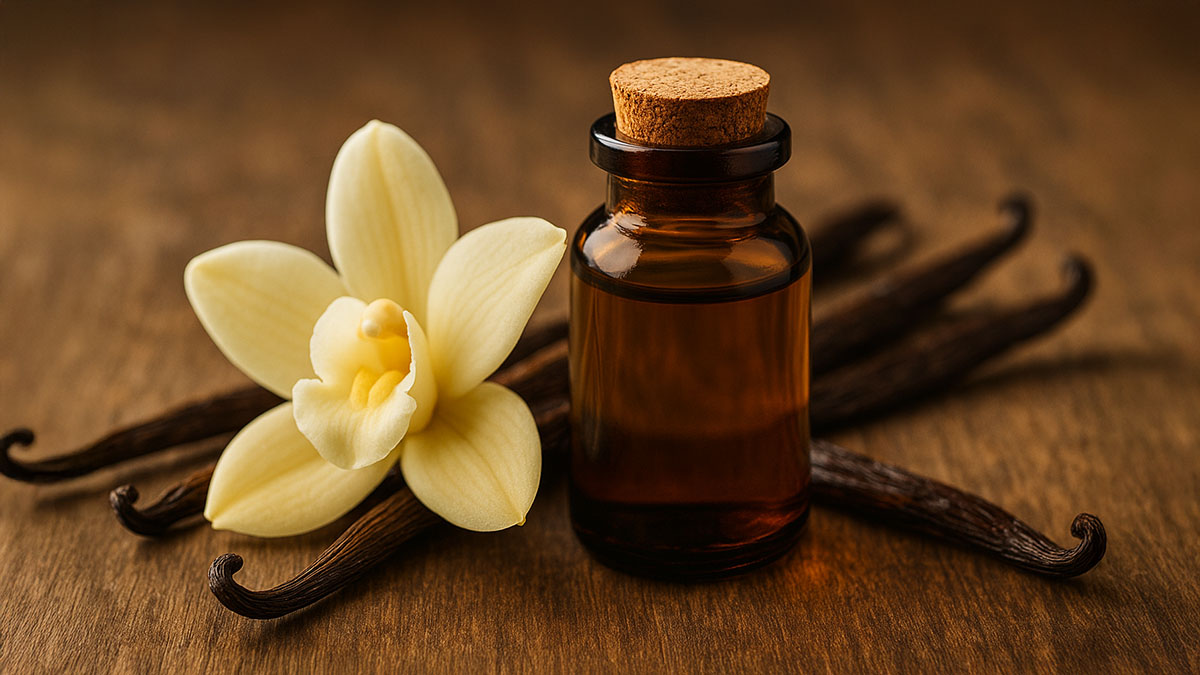
The species used for oil production is Vanilla planifolia, a climbing orchid native to regions of Central and South America. Its vines climb by winding aerial roots around support structures. The plant produces clusters of pale greenish-yellow flowers, each opening for just one day. If not pollinated by the native Melipona bee or by hand within 24 hours, a blossom wilts without setting a pod.
Enabling large-scale cultivation depended on an 1841 discovery in Réunion. A 12-year-old slave named Edmond Albius found a reliable way to hand-pollinate vanilla flowers. That method spread to plantations in Madagascar and Indonesia, boosting pod yields. Today, vanilla ranks as the second most expensive spice worldwide, prized not only for flavor but also for its aromatic and therapeutic qualities.
Pure vanilla aromatic compounds can’t be collected through the steam distillation used for many essential oils. Instead, producers soak cured vanilla beans in a solvent such as ethanol. After the solvent is removed, the extract that remains is known as vanilla oleoresin. This thick, dark brown concentrate contains the chief flavor molecule vanillin along with minor components such as eugenol, piperonal and caproic acid.
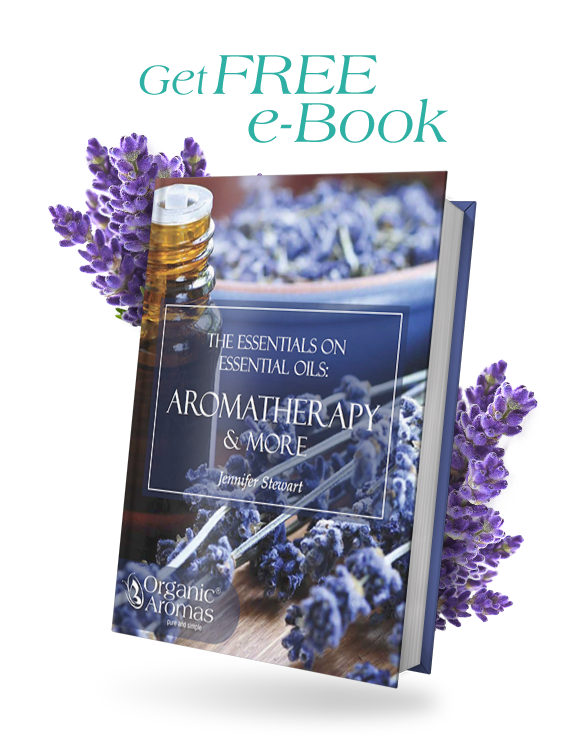
Sign Up to Get Your FREE
e-Book Here…
Thanks to its oil-loving structure, vanilla oleoresin blends smoothly into alcohol- or water-based solutions. That quality makes it ideal for crafting room sprays, body mists, bathing mixes and personal perfumes. The compound also acts as a base note, helping extend the perfume-like character of other essential oils. Common pairing choices include coffee, cocoa, neroli, peppermint, citrus oils and various woods and spices.
Across history, vanilla oil has served roles in skincare, haircare, incense, air fresheners, lip balms and household fragrances. Beyond its appealing scent, research points to potential wellness effects. In clinical settings, by lifting mood and calming nerves, the aroma has reduced stress for patients. Preliminary studies also link vanilla fragrance to lower anxiety in sensitive environments such as hospital wards.
When mixed with soothing oils like lavender or chamomile, vanilla oleoresin may help calm the nervous system at bedtime. A simple diffuser blend before lights-out—four drops of vanilla with six drops of lavender—can foster a more restful sleep experience. Some users report that this combination eases racing thoughts and promotes deeper relaxation.
Raindrop – Nebulizing Diffuser®
Practical applications include:
- Sleep-promoting diffuser mix: Combine six drops of lavender essential oil and four drops of vanilla oleoresin in a diffuser for 30 minutes before bed.
- Personal aroma spray: Stir 24 drops of vanilla oleoresin into three ounces of distilled water and one ounce of grain alcohol in a glass bottle. Mist pulse points for a soft, long-lasting scent.
- Vanilla massage oil: Over two weeks, add one drop of oleoresin per ounce of jojoba oil in a dark jar. Shake gently daily to infuse.
Safety guidelines apply when using vanilla oleoresin. Dilute at a maximum of one percent for children over age two in diffuser blends or topical preparations. Store all bottles in a cool, dark environment to preserve strength; potency typically remains stable for about four years. Never swallow essential oil extracts unless under advice from a qualified health professional trained in aromatic therapies. Users with sensitive skin should perform a patch test on the forearm and wait 24 hours before wider application.
Scientific literature remains underway in mapping the full scope of vanilla’s therapeutic advantages. A systematic review of anxiety trials published in PMC10267315 suggests that natural fragrances, including vanillin-rich extracts, may help lower anxiety markers in hospital and clinical care settings. Another study in PMC7790484 examined vanillin for its bioactive potential, highlighting antioxidant and antimicrobial effects in laboratory trials.
Though more rigorous clinical trials are still needed, current evidence supports vanilla oleoresin as a valuable aromatic adjunct for stress relief and mood enhancement. With consumer interest in natural wellness on the rise, vanilla’s diverse profile positions it as a versatile addition to at-home scent therapies and fragrance formulations. Market analysts estimate the global vanilla oil trade to exceed $2 billion annually, driven by demand in perfumery, cosmetics and culinary applications.
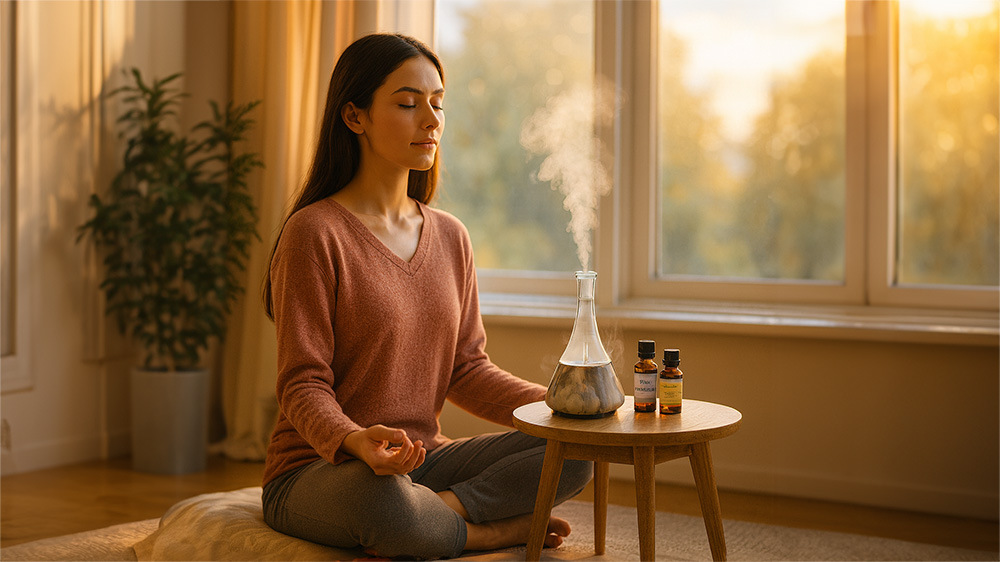
In retail shops, sales of vanilla oleoresin have climbed steadily, often paired with lavender or chamomile. Home enthusiasts share recipes online, from diffusers to bath salts laced with vanillin pearls. Spa practitioners say clients frequently ask for vanilla-infused treatments as part of yoga or mindfulness practices, praising its soothing effect.
Vanilla Essential Oil FAQ
1. What is vanilla essential oil made from?
Vanilla essential oil—technically called vanilla oleoresin—is derived from cured pods of the Vanilla planifolia orchid. Instead of steam distillation, producers use ethanol or similar solvents to extract the aromatic compounds, primarily vanillin, along with minor elements like eugenol and piperonal.
2. What makes vanilla oil different from other essential oils?
Vanilla oleoresin has a thicker, resin-like consistency and serves as a base note, anchoring and extending the scent of blends. It blends easily into alcohol or water-based formulas, making it ideal for perfumes, body mists, and room sprays.
3. Where does vanilla essential oil come from originally?
Vanilla planifolia is native to Central and South America. Large-scale production began in the 19th century after Edmond Albius, a 12-year-old from Réunion, discovered how to hand-pollinate the flowers—an innovation that led to thriving plantations in Madagascar and Indonesia.
4. What are the main benefits of vanilla essential oil in aromatherapy?
Vanilla’s warm, comforting scent is associated with stress relief, relaxation, and emotional balance. Scientific studies suggest that vanillin-rich aromas may help reduce anxiety levels in hospital and clinical environments.
5. How can I use vanilla essential oil at home?
- Sleep diffuser blend: 6 drops of lavender + 4 drops of vanilla oleoresin before bed.
- Personal aroma spray: Mix 24 drops of vanilla with 3 oz distilled water and 1 oz grain alcohol.
- Massage oil: Infuse 1 drop of vanilla oleoresin per ounce of jojoba oil for two weeks.
6. Is vanilla oil safe for skin use?
Yes, but it must be properly diluted. For adults, keep it under 2%; for children over 2 years old, use no more than 1%. Always do a patch test first to check for sensitivity. Avoid internal use unless supervised by a certified aromatherapist.
7. How should I store vanilla essential oil?
Store it in a cool, dark place, away from direct light and heat. When stored properly, vanilla oleoresin retains its aroma and potency for about four years.
8. What essential oils blend well with vanilla?
Vanilla pairs beautifully with:
- Floral oils: Lavender, jasmine, ylang-ylang
- Citrus oils: Orange, bergamot, lemon
- Woody/spicy oils: Sandalwood, cedarwood, cinnamon
- Gourmand notes: Coffee, cocoa, tonka bean
9. Why is vanilla one of the most expensive spices in the world?
Each flower blooms for only one day and must be hand-pollinated within 24 hours. This delicate process, along with long curing and extraction times, makes vanilla the second most expensive spice after saffron.
10. Can vanilla essential oil help improve sleep?
Yes. Its gentle, comforting aroma helps calm the mind and body. When blended with lavender or chamomile, vanilla creates a soothing nighttime diffuser mix that promotes deeper, more restful sleep.

